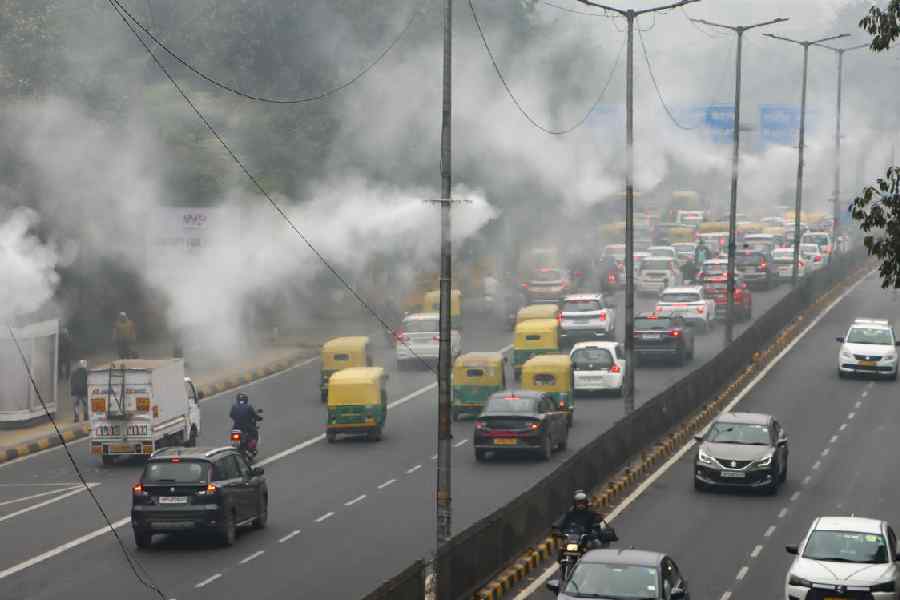 |
New Delhi, Aug. 16: Top submariners in the Indian Navy are seeing a parallel between a disaster that downed a Russian vessel, the Kursk, in 2000 and the sinking of the INS Sindhurakshak this week.
The INS Sindhurakshak is an EKM887 Russian-origin Kilo-class submarine that returned from a refit in Russia on April 29 this year. All 18 crew in the submarine are feared to be dead. An investigation is expected to give its report in four weeks, navy chief Admiral D.K. Joshi has said.
The Kursk, which used to be a much larger submarine, went down with its entire crew of 118. A nuclear-powered submarine that was part of the Russian Navy’s Northern Fleet, it sank during exercises in the Barents Sea on August 12, 2000.
It was initially suspected by the Russians to have been involved in a collision with a US submarine that was monitoring the war games.
But two years later, the Russians came out with a report that said the most likely cause of the sinking of the Kursk was an explosion caused by a Type 65-76 torpedo within the submarine’s armaments chamber.
Like the Sindhurakshak for the Indian Navy, the Kursk was also one of Russia’s most modern submarines. Both were products of the Russian central design bureau “Rubin”.
The Sindhurakshak’s arsenal included recently-fitted Klub-S class missiles (also called “Sizzler” by Nato) capable of hitting targets on the surface — both on land and in sea — about 200km away. It was also equipped with Type 53 torpedoes.
Primarily meant for an anti-submarine and anti-ship role, the Sindhurakshak’s torpedoes are propelled by a compressed mixture of oxygen and kerosene. The warhead is powerful enough to knock out a medium-sized warship. Torpedoes are fired in salvos.
The Sindhurakshak was capable of carrying 18 torpedoes and missiles. The weapons were being loaded for the submarine that was being readied for an operational deployment in the morning.
In the Kursk, the torpedo’s oxygen-kerosene chambers were suspected to have leaked during handling. That may have been caused by an external influence.
Television footage of the sequential explosions on the Sindhurakshak are making naval commanders believe the second flash of white light from the boat was caused by the detonation of one or multiple warheads.
The closed confines of the submarine would have made it impossible for its crew to withstand the high pressure and temperatures caused by such an explosion, the commanders fear.











